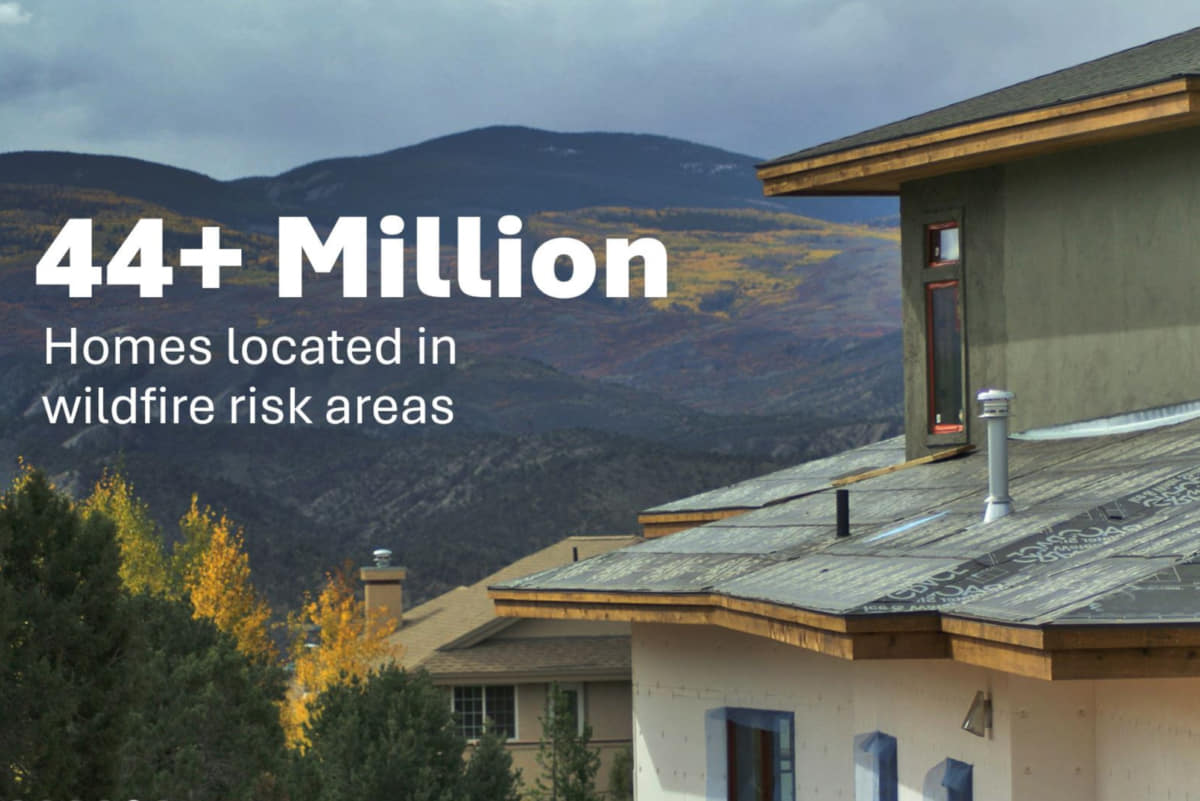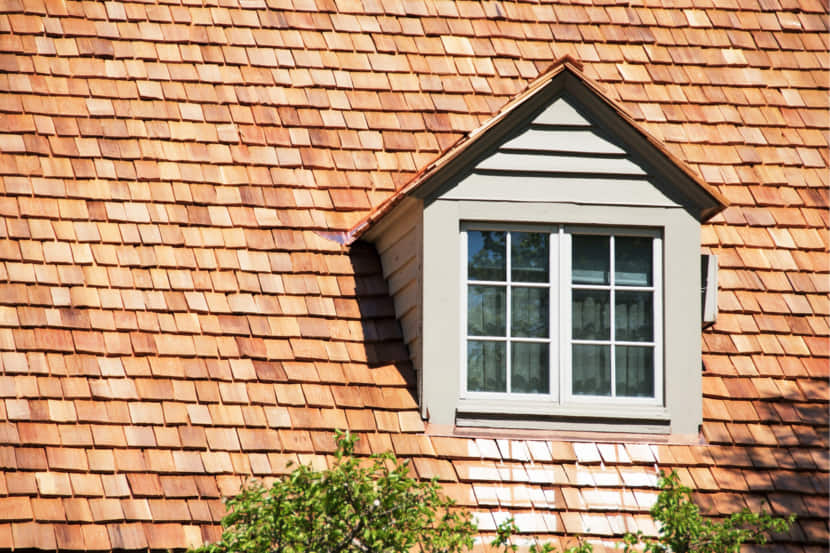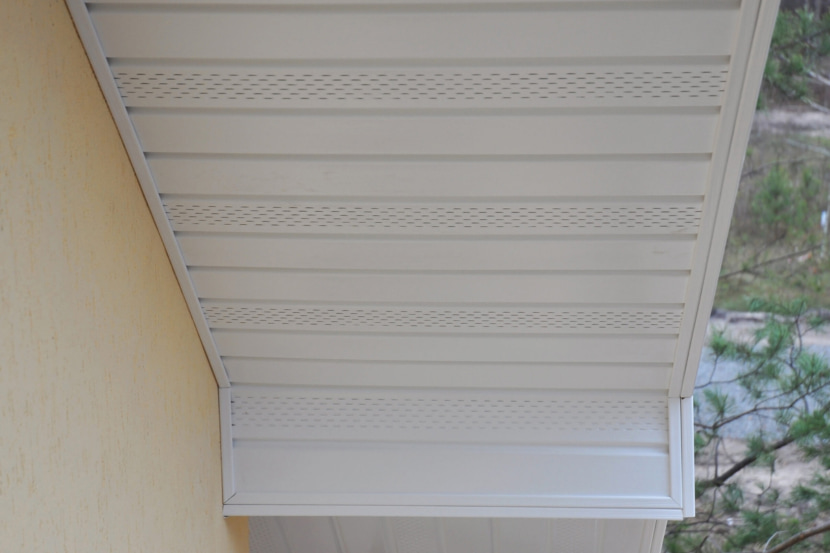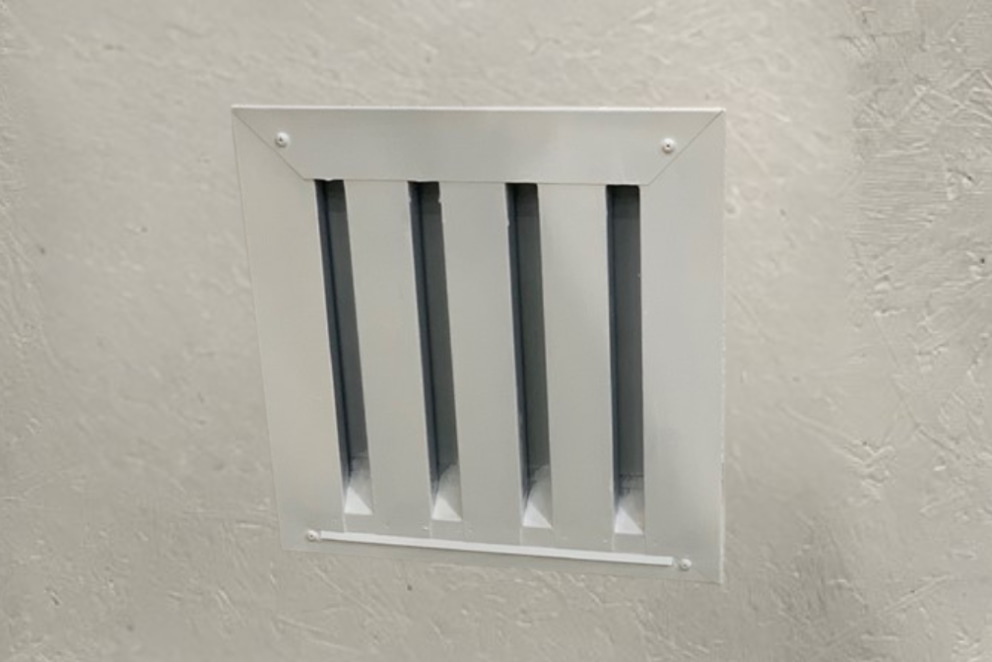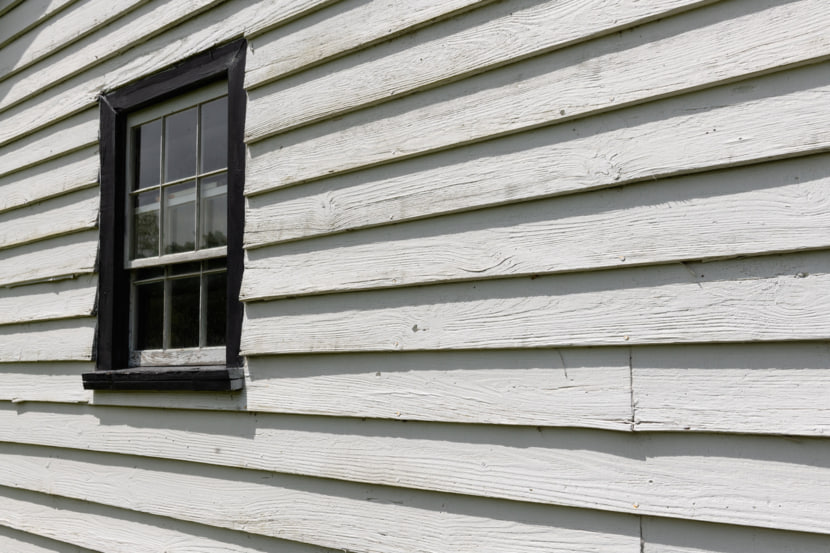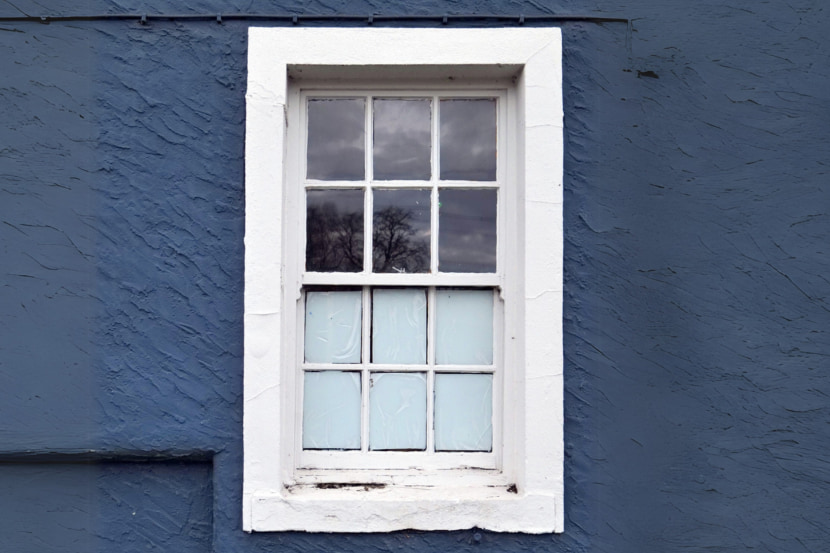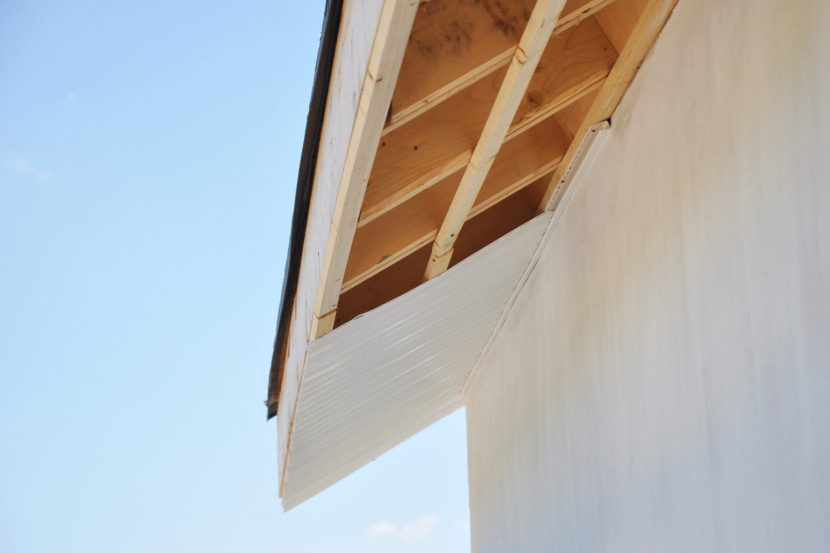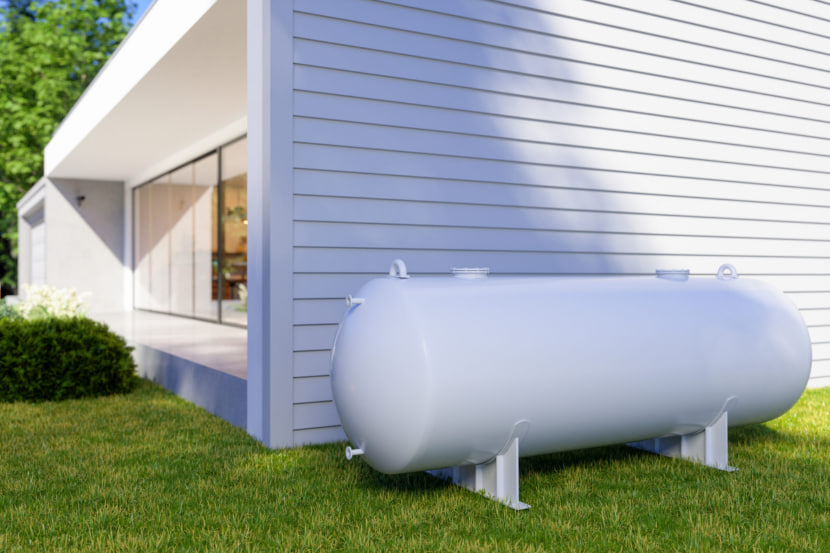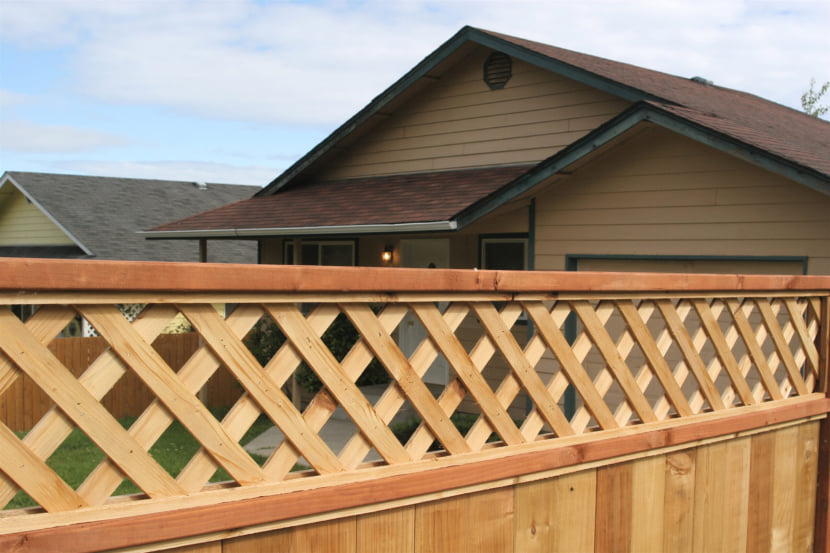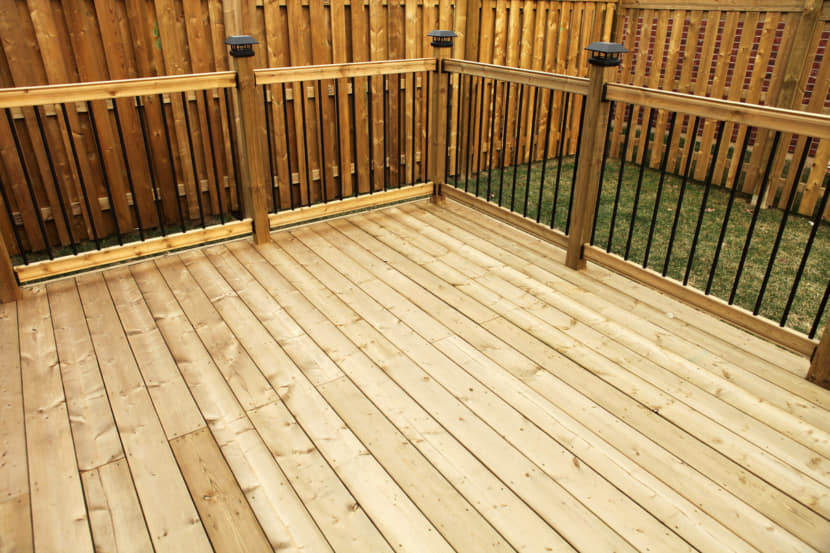Leadership hub
Watch leading wildfire experts from NFPA, IBHS, Verisk, Headwaters Economics, and FLASH as they address the urgent need for new strategies to minimize wildfire risks.
Watch WebinarTogether for
Wildfire Safety

Building Code Leadership
Leaders who support model building codes, including the Wildland-Urban Interface (WUI) and International Fire Code (IFC), provide their communities with the best protection against devastating wildfires. This “Model Ordinance for Construction in WUI Areas” guide from IBHS details model ordinance options for local leaders looking to adopt research-informed, proven measures to protect families and homes.
Learn More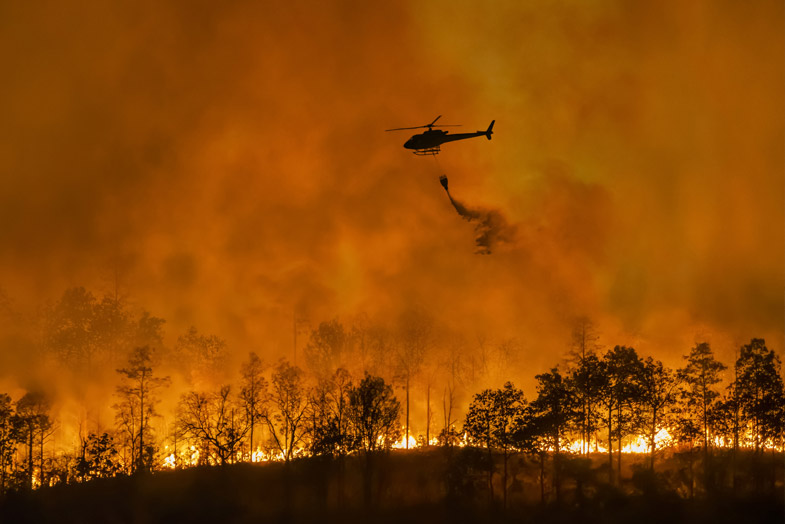
Wildfire by the Numbers: Understanding the Impact
This section provides key statistics that illustrate wildfires’ devastating human and economic toll. By understanding the full scope of wildfire losses, we can minimize their impact on our communities, economies, and environment.
Learn More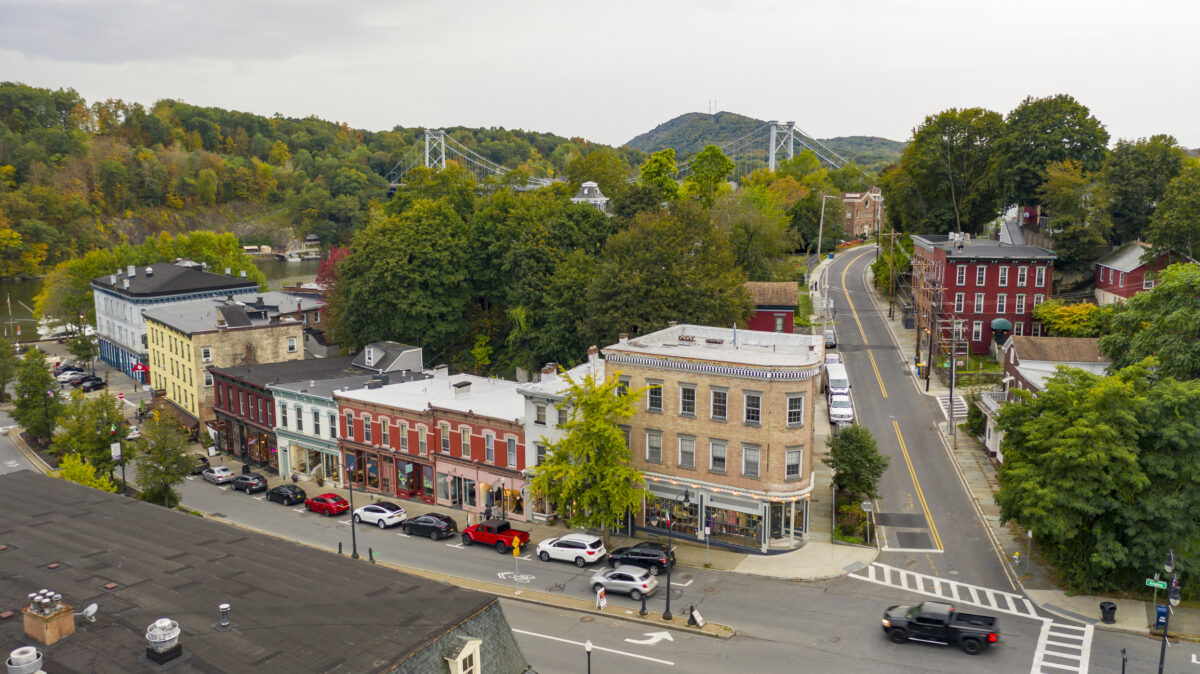
Protecting Communities from Wildfires: A Leadership Guide
This guide provides key actions leaders can take to safeguard lives, properties, and the environment from wildfires.
Learn MoreMay is
BUILDING SAFETY MONTH
Building Safety Month is an annual international campaign to raise awareness about building safety.
Learn More
First Saturday in May is
Wildfire Community Preparedness Day
Wildfire Community Preparedness Day is a national event that inspires individuals and organizations to unite for a day of action focused on increasing awareness and reducing the risks of wildfires.
Learn More
